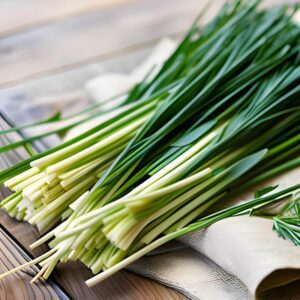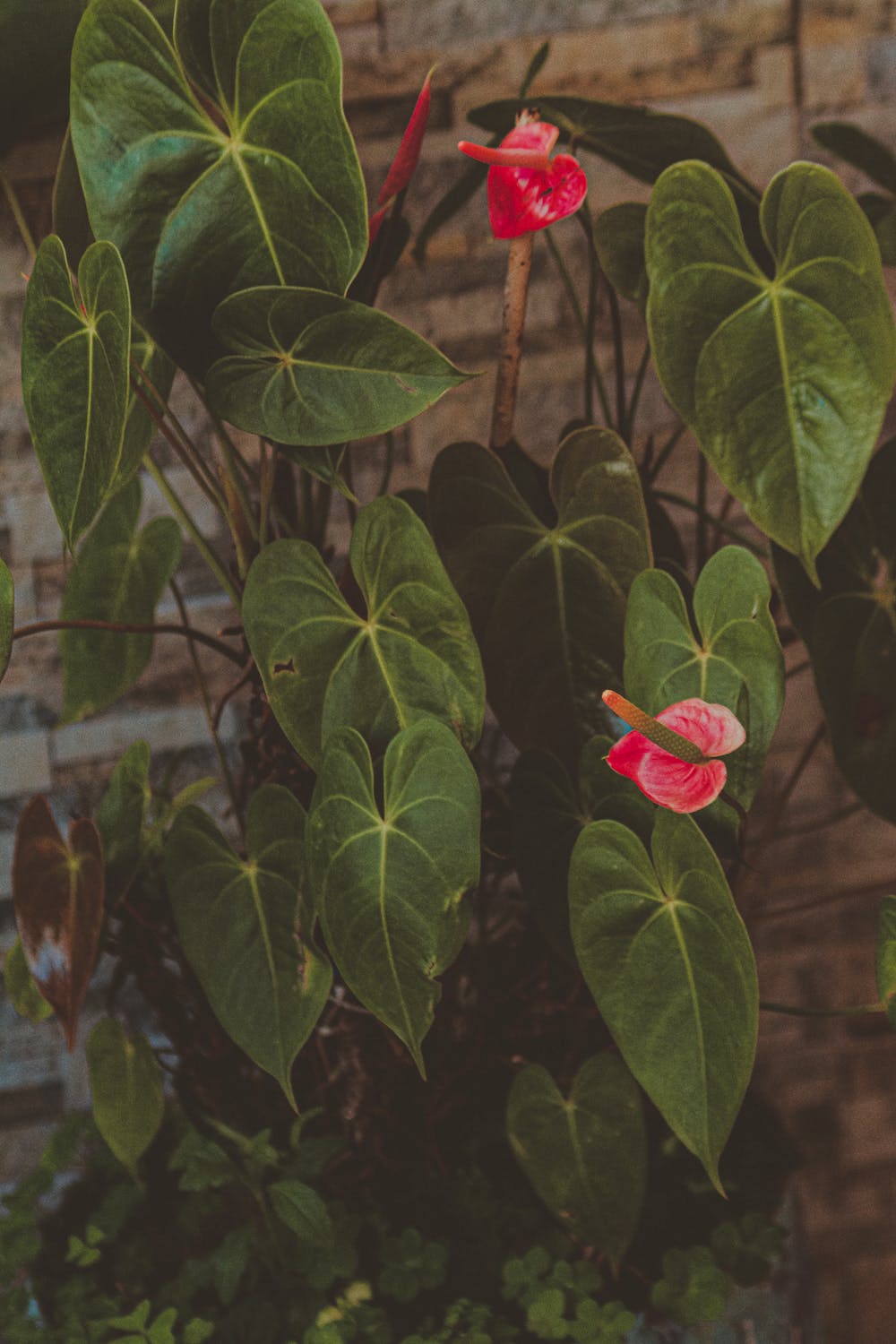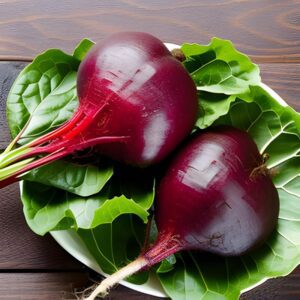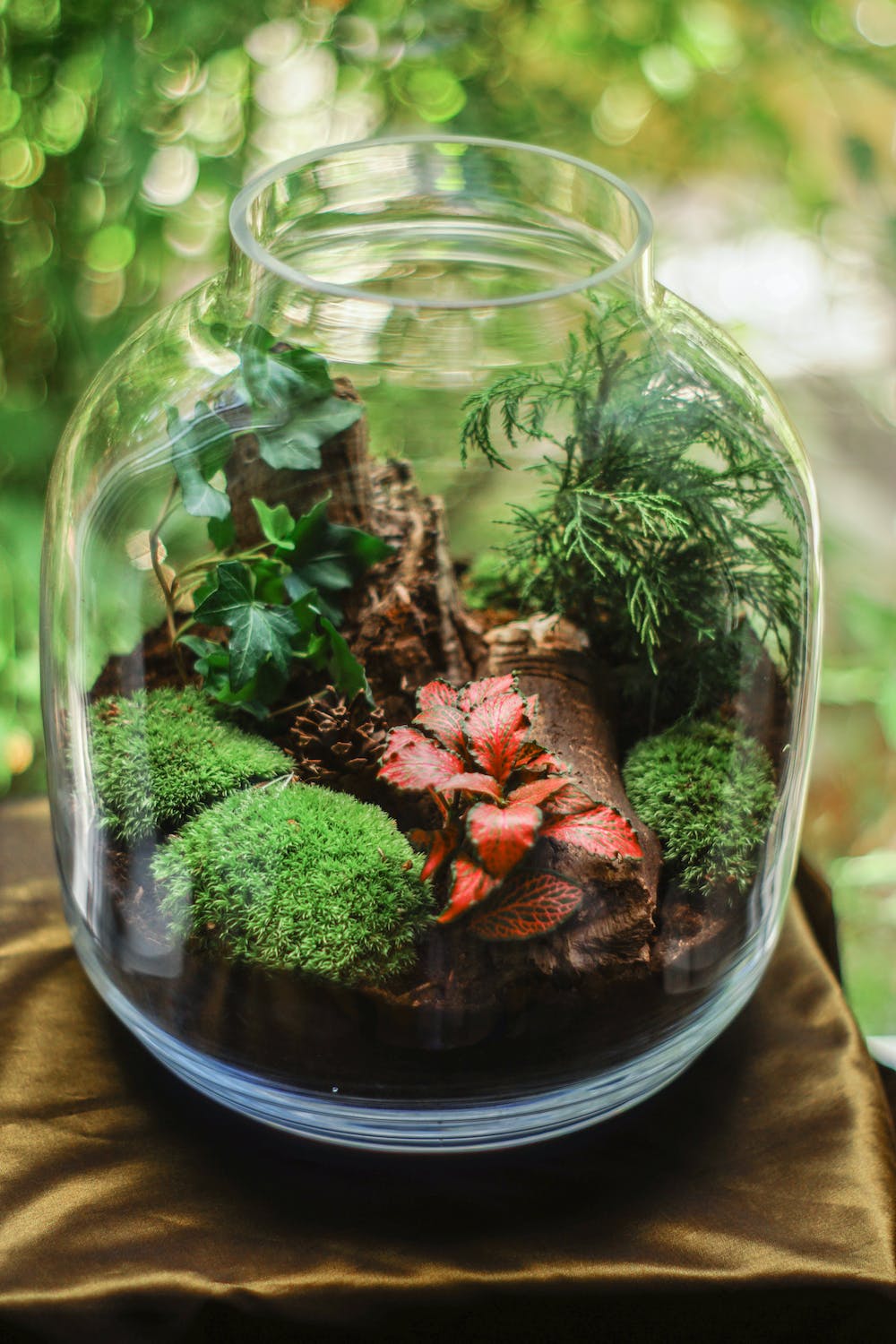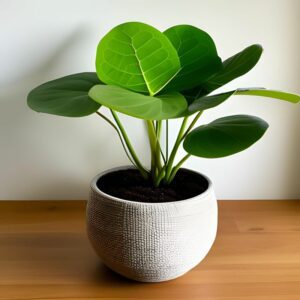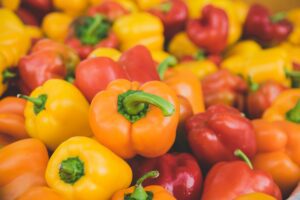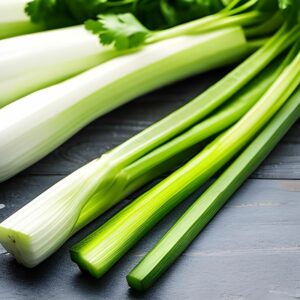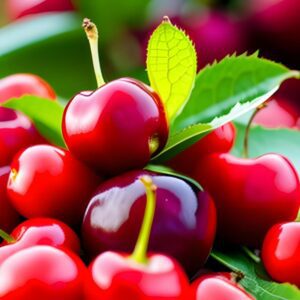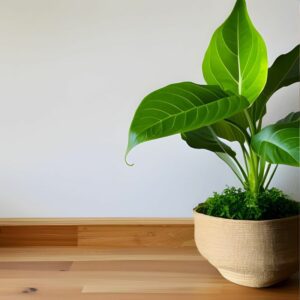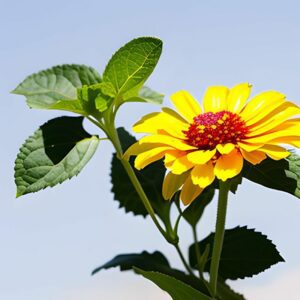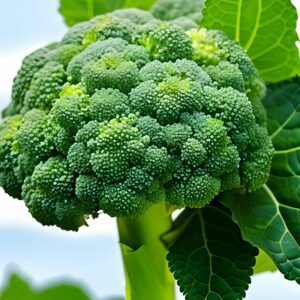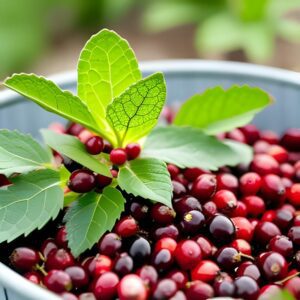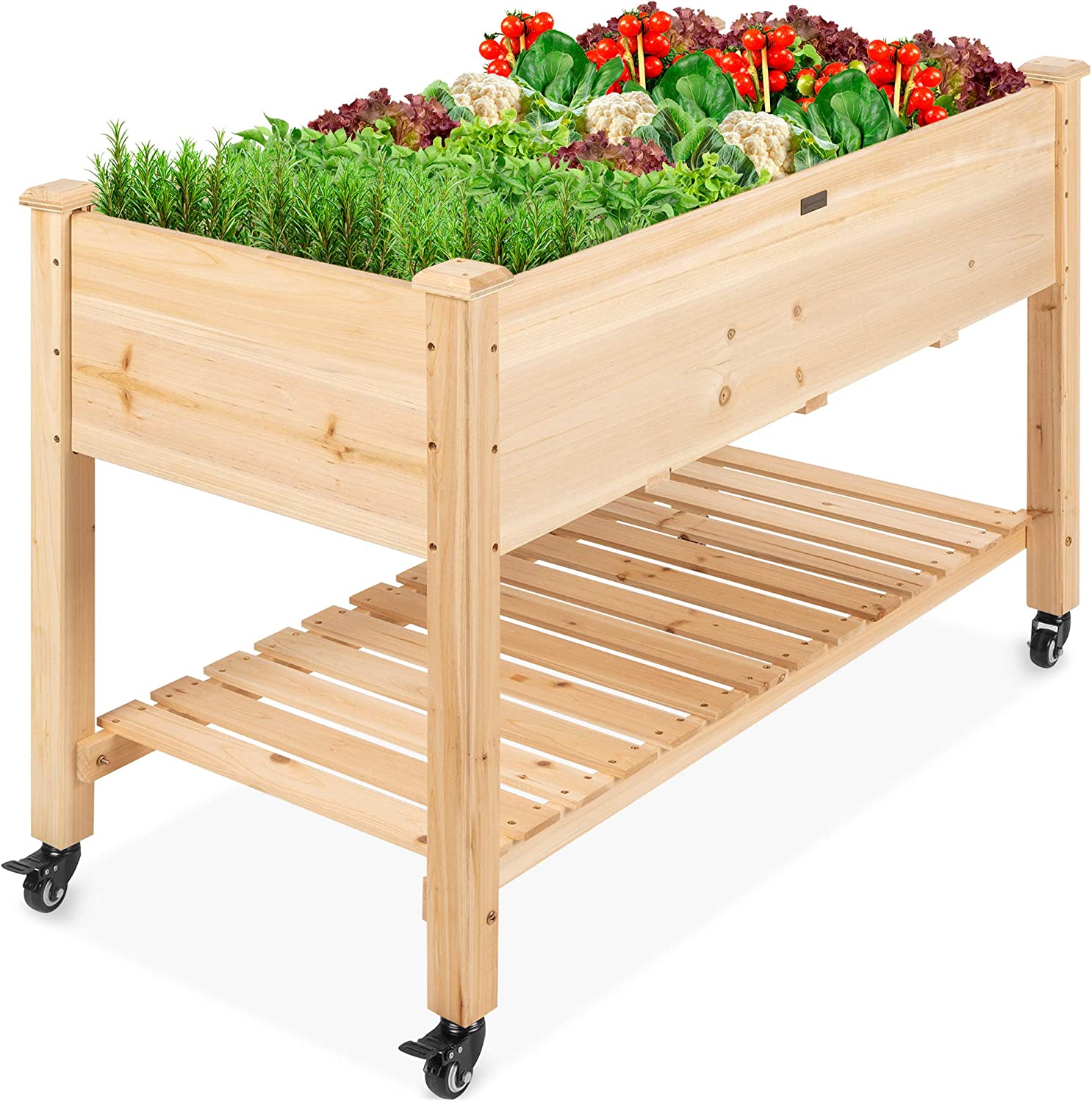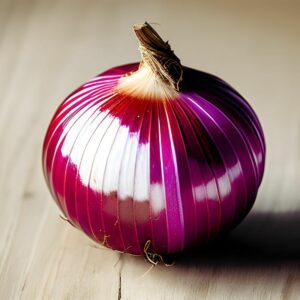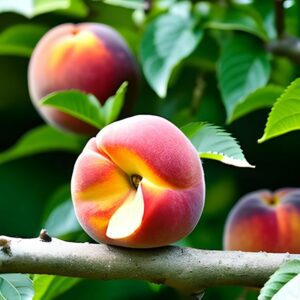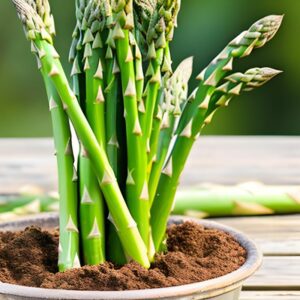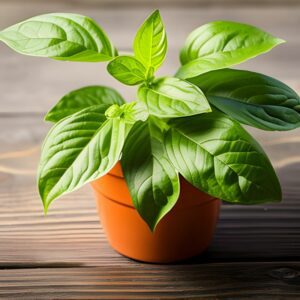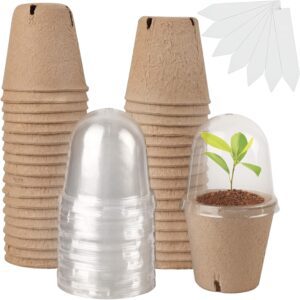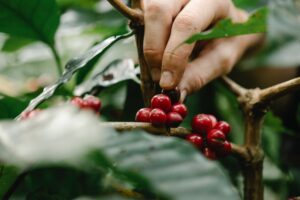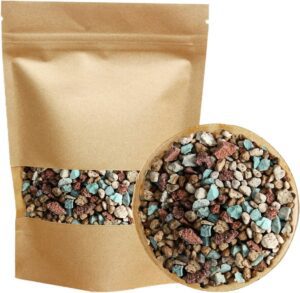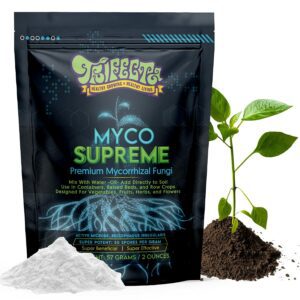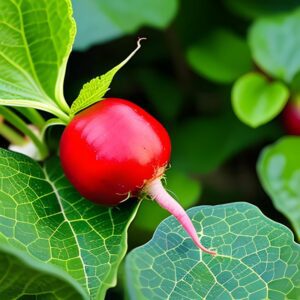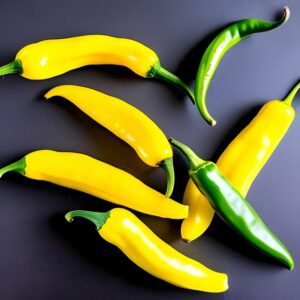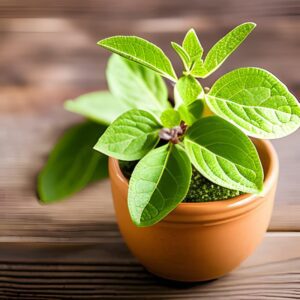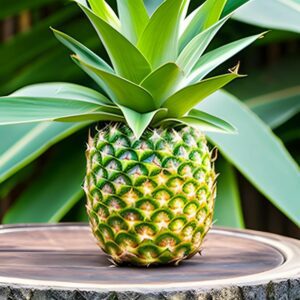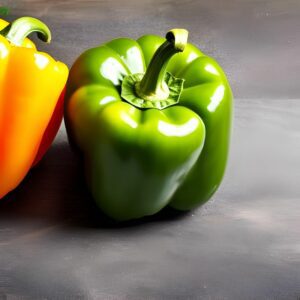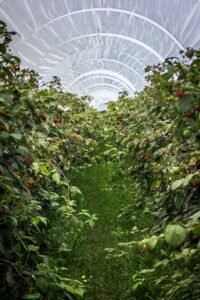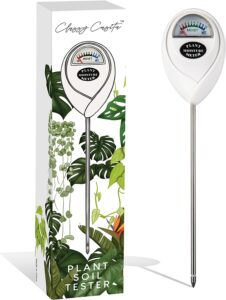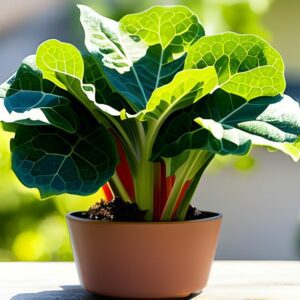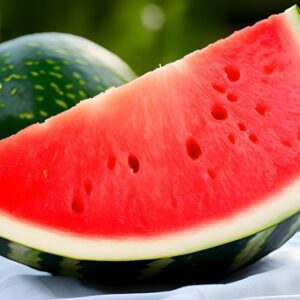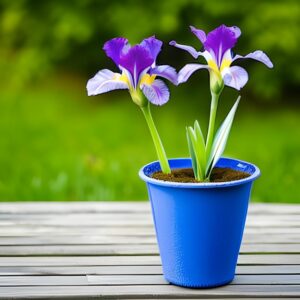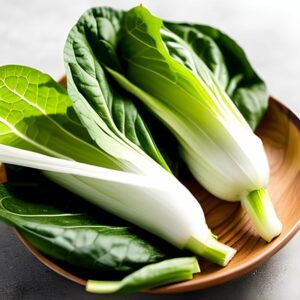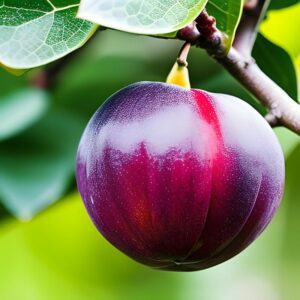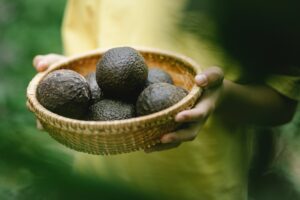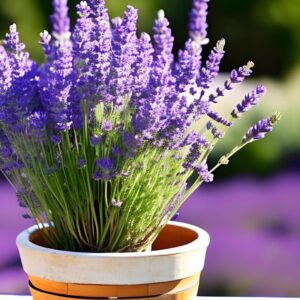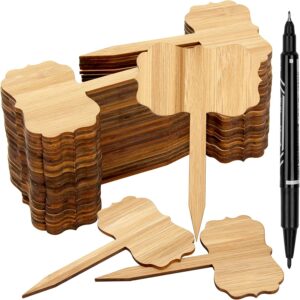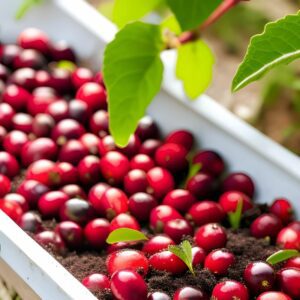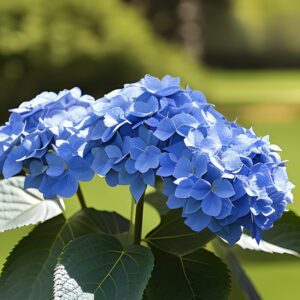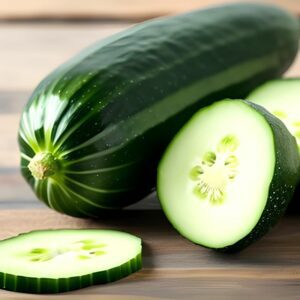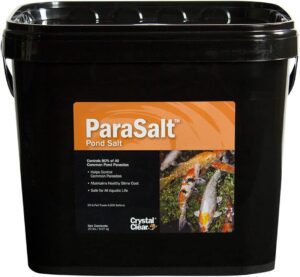Apple
Fruits
- Central Asia
- Moderate
- 2-5 Years
Introduction
Apples are crisp and flavorful fruits that have been cultivated for thousands of years. They are native to Central Asia and have become one of the most widely grown and consumed fruits worldwide. Apples come in a variety of colors, flavors, and textures, making them versatile for eating fresh, cooking, or juicing.
Plant Characteristics
Apple trees are deciduous, meaning they shed their leaves annually. They typically have a rounded shape with a dense canopy of leaves. Apple fruits vary in size, color, and taste depending on the variety. The flesh can be juicy, crisp, or tender, and the skin may range from green to yellow, red, or even bi-colored.
Ideal Growing Conditions
Apple trees thrive in full sun, requiring at least 6-8 hours of direct sunlight per day. They prefer well-draining soil that is rich in organic matter. Apples are typically grown in temperate climates where they experience a period of winter dormancy. Adequate chill hours during winter are necessary for proper fruit development.
Planting Guide
Select a suitable apple tree variety based on your climate, pollination requirements, and preferred taste. Plant apple trees in early spring or late fall when the soil is workable and temperatures are mild. Dig a hole wide and deep enough to accommodate the tree’s roots without crowding or bending them. Place the tree in the hole, ensuring that the bud union (graft) is slightly above the soil surface. Backfill the hole with soil, gently firming it around the roots. Water the tree thoroughly after planting and add a layer of mulch around the base to conserve moisture and suppress weeds.
Watering and Fertilizing
Provide regular watering to apple trees, especially during dry periods. Aim for deep watering to ensure the roots receive adequate moisture. Avoid overwatering, as it can lead to root rot. Fertilize annually in early spring with a balanced fruit tree fertilizer according to the package instructions.
Pruning and Maintenance
Prune apple trees during the dormant season to shape the tree, promote airflow, and remove diseased or damaged branches. Regularly monitor for pests and diseases, such as apple maggots, aphids, powdery mildew, or apple scab. Take appropriate measures, including using organic insecticides or fungicides if necessary.
Harvesting or Flowering
Apples are typically harvested when they are fully ripe and have reached their desired color and size. Gently twist or lift the apple from the branch. Apples can be stored for several weeks in a cool, humid environment to extend their shelf life.
Post-Harvest Care
Store harvested apples in a cool place, ideally around 32-40°F (0-4°C) with high humidity. Sort and remove any damaged or bruised apples to prevent spoilage. Enjoy fresh apples or use them in various culinary preparations.
Troubleshooting
Common issues with apple trees include pest infestation, such as codling moths or apple maggots, and fungal diseases like apple scab or powdery mildew. Implement cultural practices like proper pruning, regular inspections, and timely application of organic pest control methods to address these challenges.
Fun Facts
Apples are packed with essential nutrients, including dietary fiber and antioxidants. There are thousands of apple varieties grown worldwide, each with its unique flavor profile and characteristics. Apples are also associated with various cultural and mythological references, often symbolizing love, beauty, and wisdom. Additionally, apples float in water due to their high air content, making them a fun fruit for experiments and games.





